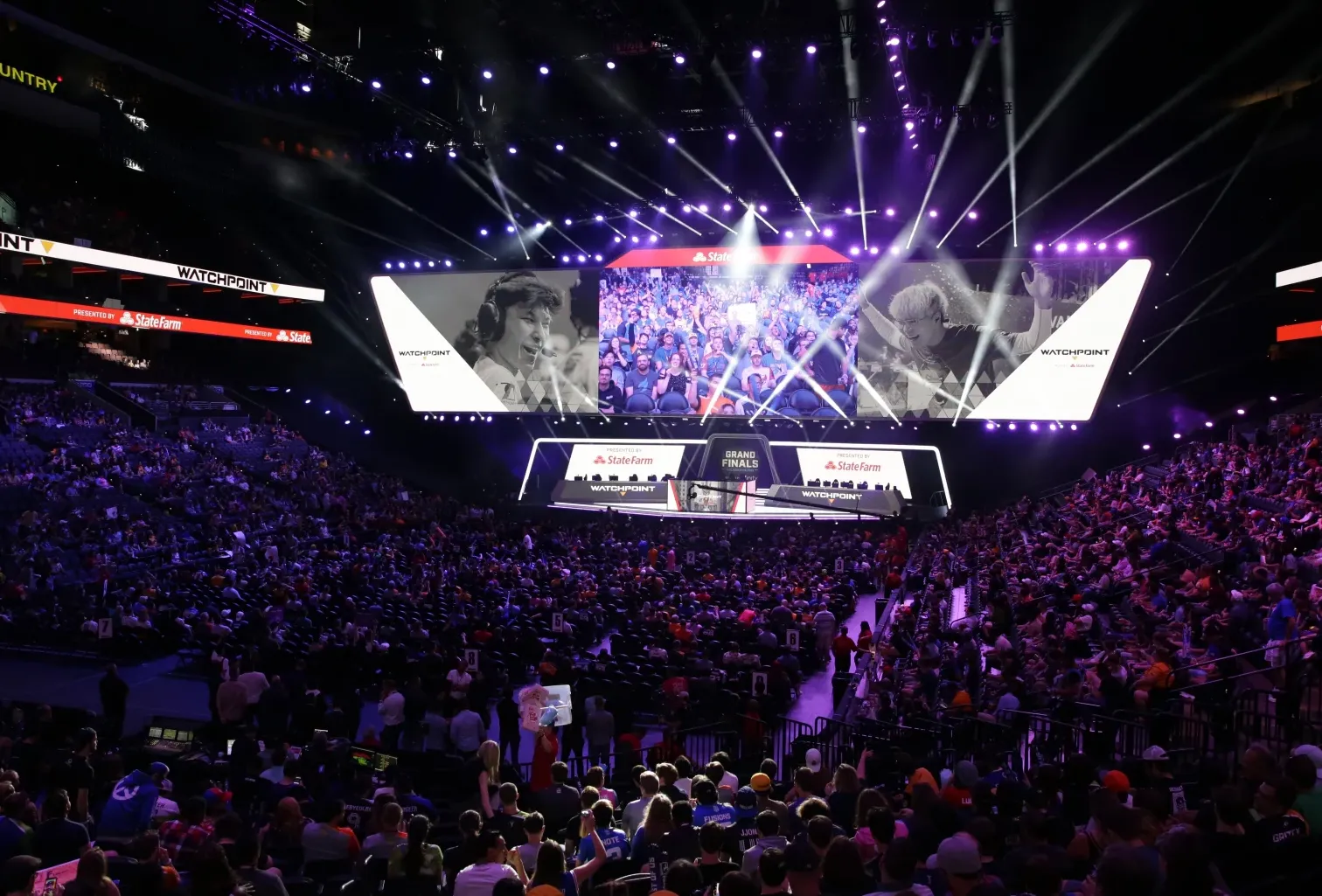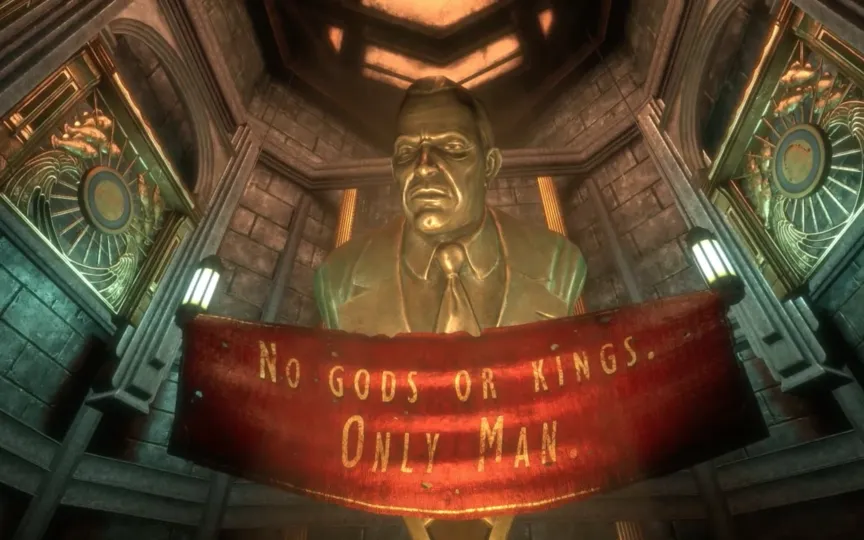Activision Blizzard Cuts Esports Staff as Overwatch League Reorganization Looms
Around 50 employees from Activision Blizzard’s esports division have been laid off as Microsoft’s takeover looms. Additionally, the company is making preparations for significant alterations to the Overwatch League (OWL), potentially leading to the abandonment of its city-based franchise structure.
According to The Verge, employees were notified of the layoffs on Tuesday. One former member of the team told the publication that the layoffs came out of nowhere and suggested that the skeleton crew could end the OWL and World Series of Warzone seasons. However, they added that “in my eyes, they are completely incapable of supporting any eSports internally after that.” Activision Blizzard also laid off about 50 people from its esports teams in March 2021.
In an earnings report released today, the company said it changed its contracts with Overwatch League team owners last quarter. “Under the amended terms, after the end of the current Overwatch League season, teams will vote on an updated user agreement,” the report reads. “If the teams do not vote to continue under the updated operating agreement, each participating team entity will be paid a $6 million termination fee.” The company added that OWL’s total turnover is less than one percent of the group’s net turnover.
Reports recently suggested that the Overwatch League would waive its remaining franchise fees, with teams still holding between $6 million and $7.5 million after payments were delayed due to the COVID-19 pandemic. The league seat was initially said to be worth $20 million, and was said to rise to more than $30 million for expansion teams joining in the second season of 2019.

Although it got off to a strong start, OWL has been on shaky ground for some time now. In its first two seasons, many games were broadcast on ESPN and other networks, and the season-ending Grand Finals were shown on ABC. After two seasons of OWL hosting nearly every match from a television studio, season three was to be when OWL’s ambitious grand vision came together, with players competing in each team’s city every week.
That was in 2020, though, and the format only lasted a few weeks before the COVID-19 pandemic shut it all down. The forced change to an online-only format in 2020 closed off a key and long-promised revenue stream for OWL team owners due to their inability to generate revenue from live events. Live events gradually started to return in 2021.
There have been many other disturbances. When OWL moved from Twitch to YouTube in 2020, viewership dropped significantly. While there have been some notable spikes in viewership over the past few years, the league still seems to be struggling to attract eyeballs. Sponsors including Coca-Cola, T-Mobile and Kellogg’s jumped ship in 2021 following a lawsuit involving allegations of widespread sexual harassment and discrimination at Activision Blizzard.
China has been one of the strongest markets for OWL viewers in recent years. However, Overwatch 2 and most other Blizzard games are currently unavailable in the country due to the end of their partnership with NetEase, which published the games there. This could have affected interest in the Overwatch ecosystem in the country in general. (Activision Blizzard noted in its earnings call that “engagement and player investment in Overwatch 2 declined sequentially” in the second quarter of the year, but hopes a soft relaunch and a major update next month will bring players back.)
Blizzard tried to add excitement around the OWL this year by opening a path for teams in the second-tier Contenders division to compete at the highest level of Overwatch esports for the first time. In June, after failing to field a team in the first half of the season, it was revealed that the Chengdu Hunters became the first franchise to leave the Overwatch League for good.
OWL team owners have long argued that they are not making enough money from the league. Earlier this year, esports reporter Jacob Wolf reported that OWL teams brought in a law firm to negotiate with Activision Blizzard for some form of financial relief “after years of high operating costs and consistently missed revenue promises.” The Sports Business Journal noted that teams get about $1 million from the OWL, but it costs $3 million to $5 million a year to run a competitive team, meaning most operate at a loss.
Given the financial implications, it would not be surprising if OWL teams vote to end their contract with the league. While this would certainly end the Overwatch League in its current form, Activision Blizzard still plans to support Overwatch esports.
“I want to make one thing clear, specifically that Overwatch remains committed to the competitive ecosystem in 2024 and beyond,” OWL Commissioner Sean Miller told The Verge. “And we’re building towards a revitalized global stage that puts players and fans first.” Miller noted that Blizzard was looking at different options for the future of Overwatch esports, adding that he was very optimistic: “We’re doing everything we can to make the player experience and the fan experience one that people want to come back to and be part of and excited to launch.”
However, the Overwatch esports ecosystem could look very different next year. This year’s Grand Finals in Toronto could be the end of the OWL as we know it.




